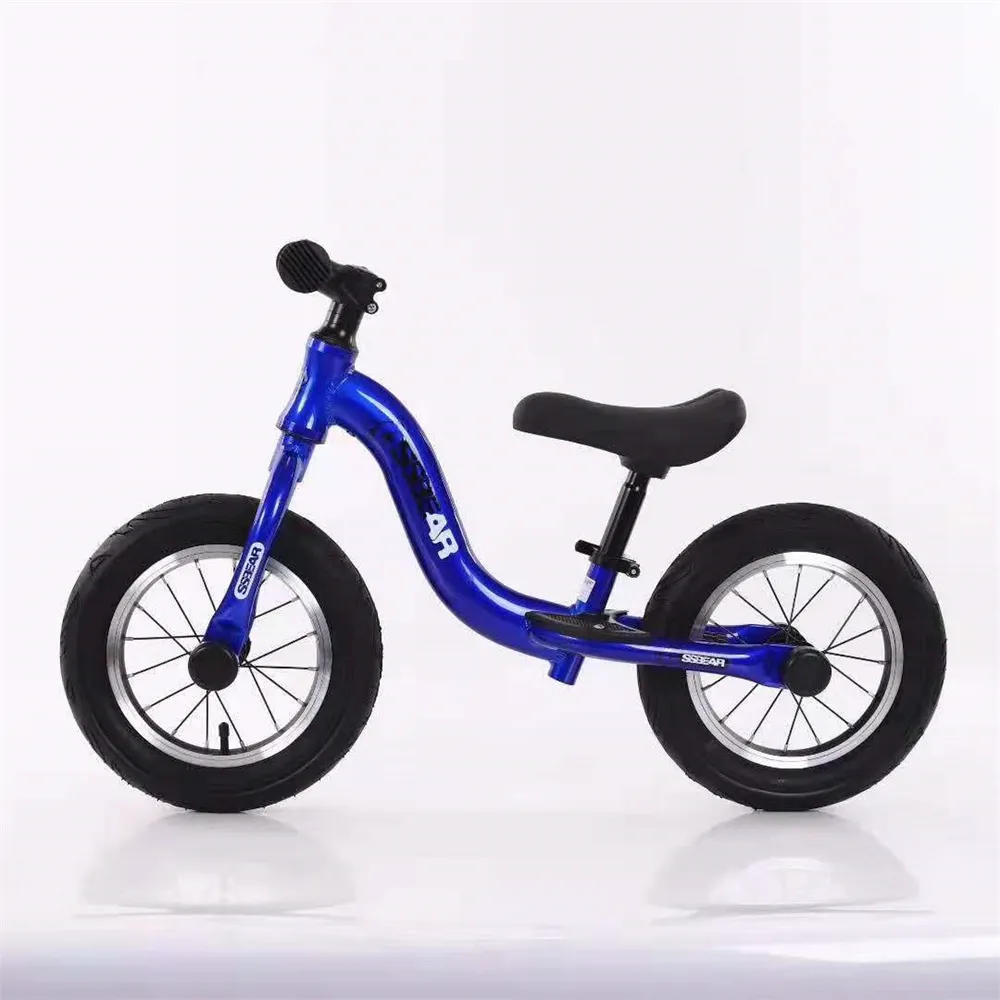how to size kids bike
How to Size Kids’ Bikes A Comprehensive Guide
Choosing the right size bike for your child is crucial for their safety, comfort, and enjoyment while riding. A bike that is too big can be difficult to control, while one that is too small can be uncomfortable and limit their potential for growth. This guide aims to provide you with essential tips and strategies for sizing kids’ bikes effectively.
Understanding Bike Size
Kids' bikes are typically sized based on the diameter of the wheels, and the sizes usually fall into categories ranging from 12 inches to 24 inches. The right size for your child will depend on their age, height, and inseam measurement. Below is a general guideline
- 12-inch wheels Suitable for toddlers aged 2 to 4 years, typically weighing under 30 pounds and with a height of approximately 2’10” to 3’6”. - 14-inch wheels Suitable for children 3 to 5 years old, about 3’1” to 3’7” tall. - 16-inch wheels Best for kids aged 5 to 7 years, generally fitting children 3’7” to 4’0” tall. - 20-inch wheels Ideal for children 6 to 9 years old, typically for those 4’0” to 4’5” tall. - 24-inch wheels Designed for kids aged 8 to 11 years, suitable for heights ranging from 4’5” to 4’9”.
These measurements are general and may vary depending on the manufacturer, so it’s essential to refer to size charts provided by specific brands.
Measuring Your Child
1. Height Measurement Stand your child against a wall, have them remove their shoes, and mark their height on the wall. A measuring tape can ensure accuracy.
2. Inseam Measurement This is arguably the most crucial measurement for bike sizing. Have your child stand with their feet shoulder-width apart and measure from the floor to the top of the inner thigh. This measurement helps determine how far the child can comfortably reach the pedals and the ground.
how to size kids bike

3. Comfort and Reach When your child sits on the bike, they should be able to touch the ground with their feet while maintaining a slight bend in the knees when pedaling. Their arms should also reach the handlebars comfortably without straining.
Trying Before Buying
If possible, take your child to a local bike shop where they can test ride different sizes and models. Here’s what to look for during this process
- Safety Ensure they can stop the bike safely, both by using the brakes and putting their feet down when needed. - Stability A properly sized bike provides better control; your child should feel stable while riding and turning. - Adjustability Look for bikes with adjustable seat heights and handlebars. This feature will allow the bike to grow with your child, making it a more economical choice in the long run.
Additional Considerations
- Bike Type Consider the type of biking your child will do—casual riding, off-road, or competitive racing. Different styles of bikes (like BMX vs. mountain bikes) may feel and size differently. - Safety Gear Always equip your child with appropriate safety gear, including helmets, knee pads, and elbow pads. This is especially important if your child is just learning to ride.
Conclusion
Sizing the right bike for your child is an essential step toward ensuring they have a fun and safe riding experience. By measuring their height and inseam, trying out various models, and considering their future growth, you can make an informed decision. Remember that a properly sized bike will not only enhance your child's confidence and enjoyment but also foster a lifelong love for cycling. Encourage your child to explore the world on two wheels—after all, biking is not just a skill; it’s a gateway to adventure!
-
The Perfect Baby TricycleNewsAug.11,2025
-
Ride into Fun with Bikes for KidsNewsAug.11,2025
-
Ride into Adventure with the Perfect Kids Balance BikeNewsAug.11,2025
-
Fun and Safe Riding with the Best Childrens ScootersNewsAug.11,2025
-
Find the Perfect Childrens Bike for Your Little OneNewsAug.11,2025
-
Explore the Best Baby Tricycles for Your Little OneNewsAug.11,2025
-
Three-Wheel Light-Up Scooter Benefits for KidsNewsJul.11,2025








